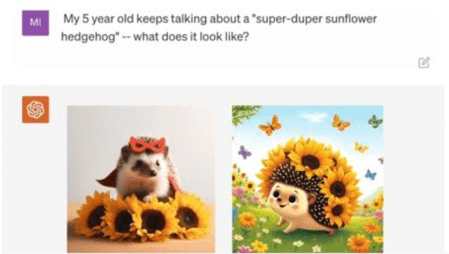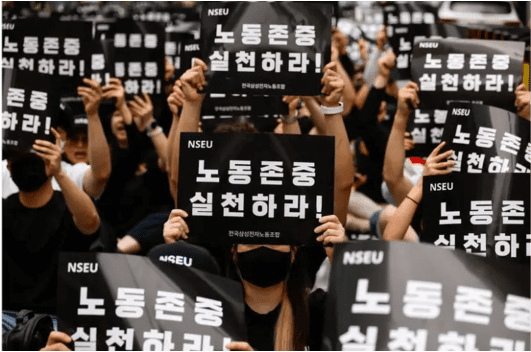
Apple is planning to revamp its smartwatch as its 10th birthday nears.
The improvements include larger displays and thinner builds, Bloomberg reported.
The revamped watches may also get a new chip, which could enable some AI enhancements.
The Apple Watch is about to turn 10, so Apple is planning a birthday revamp, including larger displays and thinner builds, Bloomberg reported.
Both versions of the new Series 10 watches will have screens similar to the large displays found on the Apple Watch Ultra, the report said.
The revamped watches are also expected to contain a new chip that may permit some AI enhancements later on.
Last month, Apple pulled back the curtain on its generative-AI plans with Apple Intelligence.
Advertisement
It hopes the artificial-intelligence features will prove alluring enough to persuade consumers to buy new Apple products.
The announcement has been generally well received by Wall Street.
Dan Ives of Wedbush Securities wrote in a Monday note that the "iPhone 16 AI-driven upgrade could represent a golden upgrade cycle for Cupertino."
"We believe AI technology being introduced into the Apple ecosystem will bring monetization opportunities on both the services as well as iPhone/hardware front and adds $30 to $40 per share," he added.
Apple's stock closed on Friday at just over $226 a share, up 22% this year and valuing the company at $3.47 trillion. That puts it just behind Microsoft, which was worth $3.48 trillion at Friday's close. The tech giants have been vying for the title of the world's most valuable company in recent months — with the chipmaker Nvidia briefing claiming the crown last month.
Apple also announced some software updates for the watch at its Worldwide Developers Conference last month.
The latest version of the device's software, watchOS 11, emphasizes fitness and health, introducing tools that allow users to rate workouts and adjust effort ratings.
WatchOS 11 will also use machine learning to curate the best photos for users' displays.
Apple has previously used product birthdays to release new versions of devices.
The iPhone X's release marked the 10th anniversary of the smartphone. However, it's not clear exactly when Apple plans to release the revamped watches, Bloomberg said.
The company announced the Apple Watch in September 2014, with CEO Tim Cook calling it "the most personal product we've ever made."
Apple did not immediately respond to a request for comment made outside normal working hours.




